Home>Storage Ideas>Kitchen Storage>How To Plan A Kitchen Extension: Design And Build Out For More Entertaining Space
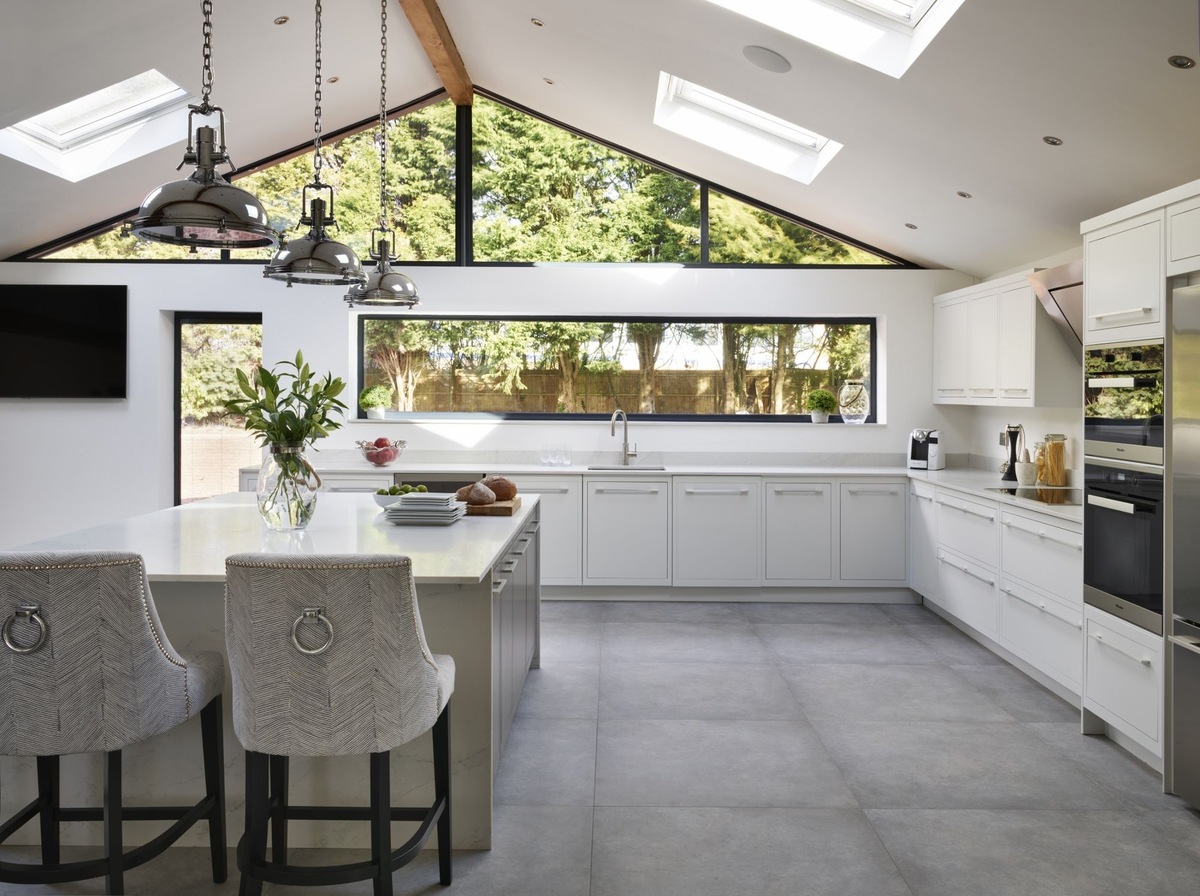

Kitchen Storage
How To Plan A Kitchen Extension: Design And Build Out For More Entertaining Space
Modified: March 25, 2024
Learn how to plan a kitchen extension and create more entertaining space with our design and build tips. Discover innovative kitchen storage ideas for a functional and stylish upgrade.
(Many of the links in this article redirect to a specific reviewed product. Your purchase of these products through affiliate links helps to generate commission for Storables.com, at no extra cost. Learn more)
Introduction
Welcome to the world of kitchen storage ideas! If you’re someone who loves spending time in the kitchen, you know how important it is to have an organized and efficient space for all your cooking and baking needs. From pots and pans to utensils and spices, a well-designed kitchen storage system can make all the difference in creating a functional and enjoyable cooking experience.
Whether you have a small apartment kitchen or a spacious culinary haven, finding innovative and practical storage solutions can help maximize your space and keep your kitchen neat and tidy. In this comprehensive guide, we will explore a variety of kitchen storage ideas that will revolutionize the way you approach organization in your culinary sanctuary.
From clever cabinet solutions to creative pantry arrangements, we will delve into the world of kitchen storage with tips and tricks that will help you create a space that is not only aesthetically pleasing but also highly efficient. We will cover various aspects such as organizing cookware, maximizing countertop space, utilizing vertical storage, and making the most of your pantry.
Furthermore, we will discuss the importance of proper labeling and categorization to ensure that everything in your kitchen has its designated place. No more digging through cluttered drawers or rummaging through overflowing cabinets. With our kitchen storage ideas, you’ll be able to easily locate and access all your essentials with ease.
In addition to functionality, we will also explore ways to add a touch of style to your kitchen storage. From trendy hanging racks to decorative baskets and jars, we will show you how to incorporate design elements that elevate the visual appeal of your storage solutions.
So, whether you’re a seasoned chef looking to revamp your kitchen or a new homeowner looking for inspiration, this article is your go-to resource for all things kitchen storage. Let’s dive in and discover the wonderful world of kitchen storage ideas that will transform your culinary space into an organized and inviting haven.
Key Takeaways:
- Transform your kitchen into an organized and efficient space by assessing your needs, setting a budget, hiring professionals, and adding personalized finishing touches. Embrace the journey of creating a functional and visually appealing culinary haven.
- Ensure a successful kitchen storage project by obtaining necessary permits, hiring reliable contractors, and managing the construction process with clear communication and active involvement. Add the final touches to personalize and elevate your kitchen space.
Assessing your needs and goals
Before diving into the world of kitchen storage ideas, it’s important to assess your specific needs and goals for your kitchen space. Every individual has different requirements and preferences based on their lifestyle, cooking habits, and available space.
Start by evaluating your current kitchen setup. Take note of what is working well and what could be improved. Are you struggling with limited cabinet space? Is your pantry overflowing with items? Are your countertops cluttered and lacking workspace? Understanding the specific pain points in your kitchen will help you identify the areas where additional storage solutions are needed.
Next, think about your cooking style and the appliances and tools you use regularly. Are you an avid baker who needs dedicated storage for baking pans and ingredients? Do you have a collection of specialized cookware that requires specific storage solutions? By considering your cooking habits, you can tailor your storage ideas to meet your unique needs.
It’s also essential to consider your future goals for your kitchen. Are you planning to expand your culinary skills and experiment with new cuisines? Do you envision hosting dinner parties and gatherings in your kitchen? By anticipating your future needs, you can design storage solutions that will accommodate your evolving requirements.
Additionally, take the time to consider your aesthetic preferences. Do you prefer a sleek and minimalist design, or do you lean towards a more rustic and charming style? Understanding your desired kitchen aesthetic will help you select storage ideas that not only function well but also complement the overall look and feel of your space.
Once you have assessed your needs and goals, create a list of priorities. Rank the storage solutions based on their importance to you. This will help you focus on the key areas that require immediate attention.
Remember, kitchen storage is not just about functionality; it’s about creating a space that reflects your personality and enhances your cooking experience. So, take the time to evaluate your needs, consider your goals, and get ready to embark on a journey of transforming your kitchen into a haven of organization and efficiency.
Setting a budget
When it comes to kitchen storage ideas, it’s important to establish a budget from the outset. Setting a budget will help guide your decision-making process and ensure that you don’t overspend on your storage projects.
Start by determining how much you are willing to allocate towards improving your kitchen storage. Consider your overall home improvement budget and allocate a portion of it specifically for your kitchen storage needs.
Next, break down your budget into different categories based on the storage solutions you plan to implement. Consider factors such as cabinets, shelves, organizers, and any other materials or equipment you may need.
Research the average costs associated with different storage options to get a rough idea of how much you can expect to spend. Keep in mind that the cost of materials and labor can vary depending on your location and the complexity of your storage projects.
Be sure to include room in your budget for unexpected expenses or contingencies. Construction and home improvement projects can often have unforeseen challenges that may require additional funds. By budgeting for these possibilities, you will be better prepared to handle any surprises that may arise during the process.
It’s also important to prioritize your budget based on your needs and goals. Determine which storage solutions are absolutely essential and allocate a larger portion of your budget towards those items. If there are certain aspects that can be postponed or scaled back, you can allocate a smaller portion of your budget to those areas.
Remember, setting a budget doesn’t mean compromising on quality or style. There are plenty of cost-effective storage solutions available that can still meet your needs and enhance the functionality of your kitchen. Look for sales, discounts, or consider DIY options to help stretch your budget further.
Once you have established your budget, stick to it as closely as possible. As you shop for materials or hire professionals, keep track of your expenses and ensure that they align with your predetermined budget.
By setting a budget for your kitchen storage projects, you can make informed decisions, prioritize your spending, and ultimately achieve the storage solutions you desire without straining your finances.
Hiring a professional
When it comes to tackling kitchen storage projects, it’s important to consider whether you have the skills, time, and expertise to handle the work yourself or if hiring a professional is the right option for you. While DIY projects can be rewarding, sometimes it’s best to leave certain tasks to the experts. Here are some key factors to consider when deciding to hire a professional for your kitchen storage needs:
1. Expertise and experience: Professional contractors and designers have the knowledge and experience to handle complex storage projects. They understand the nuances of space planning, building codes, and installation techniques. Their expertise can ensure that your storage solutions are not only functional but also aesthetically pleasing.
2. Time and convenience: Hiring a professional frees up your time and relieves the stress of managing a project on your own. They take care of the planning, sourcing materials, and executing the construction process. This allows you to focus on other aspects of your life while knowing that your kitchen storage is in capable hands.
3. Customization and creativity: Professionals can provide tailored storage solutions that maximize your space and meet your specific needs. They can offer custom cabinet designs, innovative storage ideas, and creative layouts that are difficult to achieve on your own. Their expertise can help you make the most of your kitchen’s potential.
4. Quality and durability: Hiring professionals ensures that the construction and installation of your kitchen storage are done to the highest standards. They have access to quality materials and resources, which can result in storage solutions that are durable, long-lasting, and built to withstand daily use.
5. Building permits and regulations: Some kitchen storage projects may require permits or approvals from local authorities. Professionals are well-versed in building codes and regulations and can handle the necessary paperwork on your behalf. This helps ensure that your project complies with all legal requirements.
When hiring a professional, it’s essential to do your research. Seek recommendations from trusted sources, read reviews, and ask for references. Schedule consultations with multiple professionals to get a sense of their expertise, communication skills, and pricing options. Consider their portfolio and previous projects to assess the quality of their work.
Communication is key when working with professionals. Clearly communicate your needs, goals, and budget upfront, and ensure that there is open and ongoing communication throughout the project. This will help you stay informed and make decisions that align with your vision for your kitchen storage.
Ultimately, hiring a professional is an investment in the quality and functionality of your kitchen storage. Having an expert guide you through the process can save you time, ensure superior results, and ultimately enhance your overall experience in the kitchen.
Designing the kitchen extension
Designing a kitchen extension is an exciting endeavor that can significantly transform your culinary space. Whether you’re looking to expand your kitchen to accommodate more storage, create a larger dining area, or incorporate a kitchen island, proper design planning is crucial. Here are some key considerations when designing your kitchen extension:
1. Assess your available space: Begin by taking measurements of your existing kitchen and the area where you plan to extend. Evaluate the size and shape of the space to determine how much additional square footage you have to work with. Understanding the dimensions of the space will help you determine what features you can incorporate into your design.
2. Determine your goals and priorities: Think about your vision for the kitchen extension. Do you want to create a larger cooking area, a dedicated pantry, or a breakfast nook? Establishing your goals and priorities will guide your design choices and ensure that your kitchen extension serves your specific needs.
3. Consider the flow and functionality: A well-designed kitchen extension should have a smooth flow and functional layout. Think about how you move around in your kitchen and where your main work zones, such as the sink, stove, and refrigerator, are located. Ensure that your kitchen extension allows for efficient movement and easy access to essential elements.
4. Natural light and ventilation: Maximize the use of natural light in your kitchen extension. Consider installing large windows or skylights to bring in ample sunlight. Additionally, plan for proper ventilation to ensure fresh air circulation and prevent cooking odors and moisture buildup.
5. Choose the right materials and finishes: Select materials and finishes that not only complement your overall kitchen design but also provide durability and functionality. Consider factors such as ease of cleaning, resistance to heat and moisture, and compatibility with your desired aesthetic.
6. Storage options: The kitchen extension presents an opportunity to incorporate additional storage solutions. Assess your storage needs and plan for cabinets, drawers, and shelving that will provide ample space for all your kitchen essentials. Consider utilizing vertical storage options to make the most of your vertical space.
7. Lighting design: Proper lighting is crucial in a kitchen extension. Ensure that you have a combination of ambient, task, and accent lighting to create a well-lit and inviting atmosphere. Install lighting fixtures strategically to illuminate work areas and highlight architectural elements.
8. Seek professional assistance if needed: Designing a kitchen extension can be complex, especially when it comes to structural changes and integrating new elements into an existing space. Consider working with an architect or an interior designer who specializes in kitchen design to ensure that your vision is brought to life in the most efficient and aesthetically pleasing way.
Remember, designing a kitchen extension requires careful planning and consideration. Take the time to assess your space, determine your goals, and make informed decisions about the layout, materials, and finishes. By doing so, you’ll be well on your way to creating a kitchen extension that not only meets your storage needs but also enhances the overall functionality and beauty of your culinary space.
Considering layout options
When it comes to kitchen storage ideas, the layout of your kitchen plays a vital role in maximizing storage space and overall functionality. Choosing the right layout for your kitchen is essential to ensure that you have efficient storage solutions that meet your needs. Here are some popular layout options to consider:
1. L-Shaped Layout: The L-shaped layout is a popular choice for kitchens as it offers ample counter space and storage opportunities. This layout consists of cabinets and appliances arranged in an L shape, providing a convenient and efficient workflow. It’s ideal for those who want to incorporate a kitchen island or have a separate dining area within the kitchen.
2. U-Shaped Layout: The U-shaped layout is another widely used option and offers maximum storage and workspace. This layout features cabinets and appliances arranged in a U shape, providing a seamless and efficient workflow. It’s perfect for those who have a larger kitchen space and want to optimize storage capacity.
3. Galley Layout: The galley layout is a functional and space-efficient option for smaller kitchens. This layout features cabinets and appliances arranged along two parallel walls, creating a corridor-like space. It’s ideal for maximizing storage and workspace in narrow kitchens while maintaining an efficient workflow.
4. Island Layout: If you have a spacious kitchen, incorporating an island can significantly enhance your storage capacity. An island provides additional countertop space, storage options, and can serve as a multipurpose area for food preparation, dining, and entertaining. It’s a versatile layout option that adds functionality and visual appeal to your kitchen.
5. Peninsula Layout: Similar to an island, a peninsula layout offers additional workspace and storage options. A peninsula is connected to one wall or countertop, creating an L or U-shaped configuration. It can serve as a practical extension of your kitchen while providing a semi-separation from the adjacent space.
6. Open Plan Layout: For those who prefer a more open and spacious kitchen, an open plan layout is an excellent option. This layout merges the kitchen with the living or dining area, creating a seamless and social space. Open shelves and storage solutions integrated into the overall design can help maintain organization while maximizing the visual impact.
Consider your kitchen space, lifestyle, and cooking habits when selecting a layout. Think about how you use your kitchen and prioritize your storage needs. Assess the available wall space, floor area, and any limitations or structural considerations in your kitchen.
It’s also important to consider the ergonomic aspects of your chosen layout. Ensure that your storage solutions are within easy reach, making it convenient to access frequently used items. Incorporate solutions such as deep drawers, pull-out shelves, and organizers to maximize storage efficiency.
Seek the advice of a professional kitchen designer or utilize online design tools to help visualize different layout options in your space. Their expertise can provide valuable insights and help you make informed decisions based on your unique needs and preferences.
By carefully considering the layout of your kitchen, you can create an organized and functional space that maximizes storage while complementing your lifestyle and design aesthetic.
Selecting materials and finishes
When it comes to kitchen storage ideas, the selection of materials and finishes is a crucial step in creating a functional and visually appealing space. The right materials can enhance the durability, aesthetics, and maintenance of your kitchen storage solutions. Here are some key considerations when selecting materials and finishes:
1. Cabinets and Shelving: Cabinets and shelving play a significant role in kitchen storage. Choose materials that are strong, durable, and resistant to moisture and heat, as these are common elements in the kitchen. Solid wood, plywood, and MDF (medium-density fiberboard) are popular choices for cabinet construction. You can opt for finishes like laminate, veneer, or paint to achieve the desired look and style.
2. Countertops: Selecting the right countertop material is essential, as it needs to withstand daily use, spills, and hot objects. Options such as quartz, granite, laminate, and solid surface are popular choices for their durability, ease of maintenance, and variety of styles and finishes available. Consider factors such as stain resistance, heat resistance, and overall aesthetic when making your selection.
3. Backsplash: The backsplash not only protects the wall from splashes and stains but also adds a decorative element to your kitchen storage area. Choose materials that are easy to clean, such as ceramic or porcelain tiles, glass, or stainless steel. Consider the color, pattern, and texture of the backsplash to add a touch of personality to your kitchen design.
4. Flooring: As the foundation of your kitchen, the flooring should be durable, easy to clean, and safe to walk on. Materials like porcelain tile, vinyl, hardwood, and laminate are popular choices for kitchen flooring. Consider the level of foot traffic in your kitchen, as well as your design preferences, to choose the right flooring material and finish.
5. Hardware and Fixtures: Pay attention to the hardware and fixtures you choose for your kitchen storage. Handles, knobs, and pulls can add style and functionality to your cabinets and drawers. Opt for materials that are not only aesthetically appealing but also comfortable to use. Stainless steel, nickel, brass, and bronze are common choices that can complement various design styles.
6. Lighting: While not a material or finish, lighting is a crucial element when it comes to showcasing and enhancing your kitchen storage. Choose light fixtures that provide adequate task lighting for work areas, as well as ambient lighting to create a warm and inviting atmosphere. Consider the style and finish of the fixtures to coordinate with the overall design of your kitchen.
When selecting materials and finishes, consider the overall style and aesthetic you want to achieve in your kitchen. Whether you prefer a sleek and modern look, a rustic and charming vibe, or something in between, the materials and finishes you choose will play a significant role in achieving that desired atmosphere.
Additionally, factor in your budget and maintenance preferences when making your selections. Some materials may require more frequent cleaning or upkeep, while others may be more budget-friendly. Find the balance between durability, style, and practicality that suits your needs and lifestyle.
Lastly, gather samples of the materials and finishes you are considering and observe them in your kitchen space. Natural and artificial lighting can affect the appearance of materials, so it’s essential to see how they look in your specific environment.
By carefully selecting materials and finishes for your kitchen storage, you can create a space that is not only functional but also visually stunning, ensuring a pleasant and efficient cooking experience.
When planning a kitchen extension for more entertaining space, consider incorporating an open-plan layout to create a seamless flow between the kitchen and living areas, allowing for easier socializing and hosting.
Obtaining necessary permits and approvals
When embarking on kitchen storage projects that involve structural changes or significant alterations to your existing space, it is crucial to obtain the necessary permits and approvals from local authorities. Compliance with building codes and regulations ensures the safety and legality of your project. Here are important steps to follow when obtaining permits and approvals:
1. Research local regulations: Start by familiarizing yourself with the building codes and regulations in your area. Each municipality may have specific guidelines regarding construction, electrical work, plumbing, and other aspects related to kitchen renovation projects. Research online or contact your local building department to understand the specific requirements that apply to your project.
2. Hire a professional, if needed: If your kitchen storage project involves extensive construction or electrical work, it may be advisable to hire licensed professionals, such as architects, contractors, or electricians. They are well-versed in building codes and regulations and can assist in navigating the permit application process.
3. Determine the required permits: Consult with a building inspector or a representative from your local building department to determine which permits are necessary for your kitchen storage project. Some common permits may include building permits, electrical permits, plumbing permits, and structural permits. Each permit has specific requirements, fees, and application processes.
4. Prepare the documentation: Collect all the required documents and information for your permit application. This may include architectural plans, floor layouts, plumbing and electrical diagrams, material specifications, contractor information, and any other relevant documentation. Ensure that the documentation complies with the guidelines provided by your local building department.
5. Submit the application: Complete the permit application forms accurately and submit them along with the required documentation to your local building department. Pay the applicable fees at the time of submission. Double-check that all the necessary information is included to prevent delays or rejection of your application.
6. Allow for review and inspections: Once your permit application is submitted, it will undergo a review process by the building department. This process ensures that your plans comply with building codes and regulations. If there are any deficiencies or discrepancies, you may be required to provide additional information or make revisions to your plans. After approval, inspections may be scheduled throughout the construction process to verify compliance with the approved plans.
7. Follow all guidelines and requirements: Throughout the construction process, adhere to the guidelines and requirements outlined in your approved permits. This includes using approved materials and following the approved plans. Failure to comply with these guidelines may result in fines, penalties, or the halt of your project.
Obtaining the necessary permits and approvals for your kitchen storage project may add time and cost to the overall process, but it is essential for ensuring your project is legal, safe, and structurally sound. Non-compliance with building codes can lead to significant issues in the future, not to mention potential liabilities if you plan to sell or rent your property.
By following the proper procedures and obtaining the required permits and approvals, you can have peace of mind knowing that your kitchen storage project meets all the necessary legal and safety standards.
Choosing appliances and fixtures
When it comes to kitchen storage ideas, selecting the right appliances and fixtures is essential for creating a functional and efficient culinary space. Considerations such as size, energy efficiency, features, and style should guide your decision-making process. Here are some key factors to consider when choosing appliances and fixtures for your kitchen:
1. Refrigerator: The refrigerator is one of the most important appliances in the kitchen. Consider the size and capacity you need based on your household’s needs. Look for energy-efficient models with features like adjustable shelves, temperature control, and adequate storage options, such as drawers and door bins. Also, think about the placement of the refrigerator to ensure easy access and integration with your storage layout.
2. Oven and Cooktop: Whether you prefer a classic range, a separate wall oven and cooktop, or a combination unit, consider the cooking capacity and features that align with your cooking habits. Look for options such as multiple burners, different cooking modes, and self-cleaning functionality. Also, consider the type of fuel (electric, gas, or induction) that suits your needs and the availability in your area.
3. Dishwasher: A dishwasher can save you time and effort by efficiently cleaning your dishes. Consider the size and capacity that will accommodate your dishwashing needs. Look for features such as adjustable racks, energy efficiency ratings, and noise levels to ensure a seamless integration into your kitchen space. Additionally, consider the interior configuration to ensure it can handle your specific types of dishes and cookware.
4. Sink and Faucet: The sink area is a central part of your kitchen storage and prep space. Select a sink that suits your needs in terms of size, configuration (single or double bowl), and material (stainless steel, composite, or porcelain). Pair it with a durable and functional faucet that offers features like a retractable sprayer and multiple spray settings. Also, consider the style and finish of the sink and faucet to coordinate with your overall kitchen design.
5. Lighting Fixtures: Adequate lighting is crucial for a functional kitchen. Choose lighting fixtures that provide the right amount of task lighting for your work areas. Consider options like recessed lights, pendant lights, or under-cabinet lighting to illuminate countertops, sinks, and cooking spaces. Look for fixtures that are energy-efficient and offer flexibility in terms of dimming capabilities.
6. Range Hood: A range hood not only helps to remove smoke, steam, and odors from your kitchen but also adds a finishing touch to your design. Consider the size and power of the range hood based on your cooking style and the size of your cooktop. Look for features like multiple fan speeds, filters, and integrated lighting. Additionally, choose a style and design that complements your overall kitchen aesthetic.
7. Small Appliances: Don’t forget to consider smaller kitchen appliances that contribute to your storage needs. These could include a microwave, toaster oven, blender, or coffee maker. Determine your specific needs and allocate space in your storage layout to accommodate these smaller appliances.
When choosing appliances and fixtures, it’s important to balance functionality, energy efficiency, and style. Consider your cooking habits, lifestyle, and the overall design of your kitchen. Research different brands and models, read reviews, and compare prices to make an informed decision that fits within your budget.
Lastly, ensure that the appliances and fixtures you choose are compatible with your storage layout and properly integrated into your kitchen design. Proper placement and installation will not only enhance the functionality of your kitchen but also contribute to a seamless and visually appealing space.
Read more: How To Build A Vertical Pull-out Cabinet
Hiring contractors and scheduling the build
When tackling kitchen storage projects that require construction, it’s essential to hire professional contractors and establish a clear schedule for the build. Hiring the right contractors and effectively managing the construction process will ensure a smooth and successful project. Here are some key steps to consider when hiring contractors and scheduling the build:
1. Research and gather recommendations: Start by researching local contractors who specialize in kitchen renovations and storage projects. Seek recommendations from friends, family, or neighbors who have had similar work done. Look for contractors with positive reviews, a solid portfolio, and a good track record in delivering quality work.
2. Obtain multiple quotes: Contact several contractors and request detailed quotes for your kitchen storage project. Compare their proposed plans, timelines, and pricing. Be sure to clarify any questions or concerns about the scope of work and the materials to be used.
3. Check credentials and references: Before finalizing your decision, verify the credentials and licenses of the contractors you are considering. Inquire about their experience in kitchen renovations and request references from past clients. Contact these references to gather feedback on the contractor’s reliability, workmanship, and professionalism.
4. Review contracts and agreements: Once you have selected a contractor, review the contract carefully. Ensure that all the agreed-upon details, such as project scope, timeline, payment schedule, and warranty information, are clearly stated in writing. Seek legal advice if necessary to ensure that the contract protects your interests.
5. Establish a construction timeline: Work with your chosen contractor to establish a realistic timeline for the project. Consider factors such as the availability of materials, the complexity of the work, and any potential disruptions or delays. Breaking down the project into phases and setting specific milestones can help track progress and ensure effective time management.
6. Coordinate with other professionals: If your kitchen storage project requires the involvement of other professionals, such as architects, electricians, or plumbers, ensure that their schedules are aligned with the construction timeline. Effective coordination and clear communication between all parties involved will help minimize delays and ensure a cohesive project execution.
7. Communicate expectations: Clearly communicate your expectations and goals to the contractor and the construction team. Provide detailed instructions regarding the storage solutions, materials, and finishes you desire. Regularly communicate with the contractor to address any concerns, changes, or questions that may arise during the construction process.
8. Regularly monitor progress: Stay involved and monitor the progress of the construction regularly. Schedule site visits or meetings with the contractor to ensure that the work is proceeding according to plan. Address any issues or discrepancies promptly to maintain quality and prevent potential errors or complications.
Remember, effective communication and collaboration with your contractor are key to a successful kitchen storage project. Keep an open line of communication, maintain a positive working relationship, and be proactive in addressing any concerns or changes that may come up during the build.
By hiring reliable contractors, establishing a clear schedule, and maintaining active involvement, you can ensure that your kitchen storage project is executed efficiently, resulting in a stunning and functional space that meets your storage needs.
Managing the construction process
Managing the construction process for your kitchen storage project is essential for ensuring that the work is completed efficiently, on time, and to your satisfaction. Effective management involves clear communication, organization, and active involvement. Here are some key steps to help you manage the construction process effectively:
1. Establish open lines of communication: Maintain regular and open communication with your contractor and the construction team. This includes providing your contact information and establishing preferred methods of communication. Regularly check emails, phone calls, or project management software to stay updated on the project’s progress and address any concerns or questions that arise.
2. Maintain a project timeline: Keep track of the project timeline and ensure that the construction is progressing according to plan. Regularly review the outlined milestones, deadlines, and deliverables to gauge progress. If there are any deviations or delays, address them promptly with the contractor to find appropriate resolutions.
3. Monitor budget and expenses: Track the project’s financial aspects to ensure that it stays within the agreed-upon budget. Regularly review invoices, receipts, and payments to maintain transparency and avoid any unexpected costs. Communicate with the contractor if there are any significant changes or if you have concerns about the budget.
4. Conduct site visits and inspections: Schedule regular site visits to monitor the construction progress firsthand. Observe the quality of workmanship, adherence to plans and specifications, and the implementation of necessary storage features. If any issues or concerns arise, discuss them with the contractor and address them promptly.
5. Make decisions in a timely manner: Be proactive in making decisions throughout the construction process. This includes selecting materials, approving design changes, and resolving any unforeseen issues that may arise. Timely decision-making helps prevent delays and keeps the project moving forward smoothly.
6. Address concerns and changes promptly: If any concerns, questions, or changes arise during the construction process, address them promptly with the contractor. Timely communication ensures that issues are resolved and adjustments are made in alignment with the project timeline. Regularly review and sign off on change orders or other documentation to document and approve any modifications to the original plans.
7. Prioritize safety and cleanliness: Ensure that safety protocols are followed throughout the construction process. This includes wearing appropriate protective gear, adhering to safety regulations, and keeping the worksite clean and organized. Discuss safety measures with the contractor and address any safety concerns that you may have.
8. Maintain a positive working relationship: Foster a positive working relationship with the contractor and construction team. Treat them with respect, appreciate their expertise, and provide clear feedback on their work. Collaboration and open dialogue help create a supportive environment and contribute to a successful outcome.
Remember, effectively managing the construction process requires active involvement and clear communication with your contractor. By staying organized, addressing concerns promptly, and maintaining a positive working relationship, you can ensure that your kitchen storage project is executed to your satisfaction and delivers the results you envisioned.
Adding finishing touches
Adding the finishing touches to your kitchen storage project is the final step towards creating a polished and functional space. These touches can elevate the overall design, enhance organization, and add personalization. Here are some key considerations when adding the finishing touches to your kitchen:
1. Cabinet hardware: Install cabinet knobs, pulls, or handles that complement the overall design style of your kitchen. Choose hardware that is not only aesthetically pleasing but also comfortable to use. Consider the finish, shape, and size of the hardware to ensure it complements your cabinetry and enhances the functionality of your storage solutions.
2. Lighting fixtures: Install the appropriate lighting fixtures that not only illuminate your kitchen but also add a touch of style. Pendant lights above the kitchen island or a chandelier above the dining area can create a focal point. Under-cabinet lighting or accent lights inside glass cabinets can showcase your stored items. Choosing fixtures that match the overall design aesthetic and provide the right level of illumination will enhance the ambience and functionality of your kitchen.
3. Window treatments: Consider adding window treatments to enhance privacy, control natural light, and add a decorative element. Options such as curtains, blinds, or shades can be chosen in colors or patterns that complement your kitchen’s style. Play with different textures and materials to add depth and visual interest to your windows.
4. Decorative elements: Bring in additional decorative elements to further personalize your kitchen space. This may include artwork, plants, or decorative accessories that reflect your style and taste. Display items that inspire you or have sentimental value to create a curated and inviting atmosphere.
5. Organization and storage solutions: Implement organizational features that add functionality to your storage areas. Consider drawer dividers, tray organizers, or spice racks that help keep items in order. Utilize storage solutions such as baskets, bins, or decorative jars to corral smaller items and create a visually pleasing display.
6. Backsplash: Finish off your kitchen’s aesthetic with a stylish backsplash that complements the overall design. Choose materials, patterns, or colors that tie in with your countertops, cabinets, and other elements. A well-designed backsplash not only protects your walls but also adds a visually appealing focal point to your kitchen.
7. Final cleaning and inspection: Before fully enjoying your completed kitchen, schedule a final cleaning and inspection. Clean all surfaces, cabinets, and appliances, ensuring that everything is spotless and ready for use. Inspect the construction and storage areas to make sure there are no loose screws or unfinished details. Address any remaining issues with the contractor before closing out the project.
Remember, the finishing touches are what truly bring your kitchen storage project together. They add the personal touch and make your kitchen feel like a warm and inviting space. Pay attention to the details and have fun expressing your style and personality through the final touches.
With the completion of the finishing touches, step back and admire your transformed kitchen. Revel in the organized storage solutions, functional layout, and beautiful design that make your kitchen a joy to cook and gather in.
Conclusion
Congratulations! You have now reached the end of our comprehensive guide to kitchen storage ideas. Throughout this journey, we have explored various aspects of kitchen storage, from assessing your needs and goals to selecting materials, managing the construction process, and adding the finishing touches. By implementing these ideas and strategies, you can transform your kitchen into a functional, organized, and visually appealing space that enhances your cooking experience.
Remember that proper planning and organization are key when it comes to kitchen storage. Assess your specific needs and goals, set a budget, and hire professionals when necessary to ensure that your project is executed efficiently and safely. Consider the layout options and select materials and finishes that not only meet your requirements but also reflect your personal style and design preferences.
Obtaining the necessary permits and approvals is a critical step in any construction project. Be sure to follow local regulations and remain in compliance with building codes to avoid any potential issues with authorities in the future. Throughout the construction process, hiring contractors and effectively managing the project are essential to keeping everything on track and within your desired timeline. Regular communication and site visits will help address any concerns or changes promptly.
Adding the finishing touches is what truly brings your kitchen to life. Pay attention to the details, such as cabinet hardware, lighting fixtures, and decorative elements, to create a personalized and inviting space. With the final cleaning and inspection, you can take pride in the completed project and enjoy your newly organized and beautiful kitchen.
Thank you for joining us on this kitchen storage journey. We hope that the information, tips, and ideas provided in this guide have inspired you to create a kitchen that not only meets your storage needs but also reflects your personal style and enhances your culinary experience. Embrace the possibilities, unleash your creativity, and enjoy the functional and organized kitchen you’ve always dreamt of!
Frequently Asked Questions about How To Plan A Kitchen Extension: Design And Build Out For More Entertaining Space
Was this page helpful?
At Storables.com, we guarantee accurate and reliable information. Our content, validated by Expert Board Contributors, is crafted following stringent Editorial Policies. We're committed to providing you with well-researched, expert-backed insights for all your informational needs.
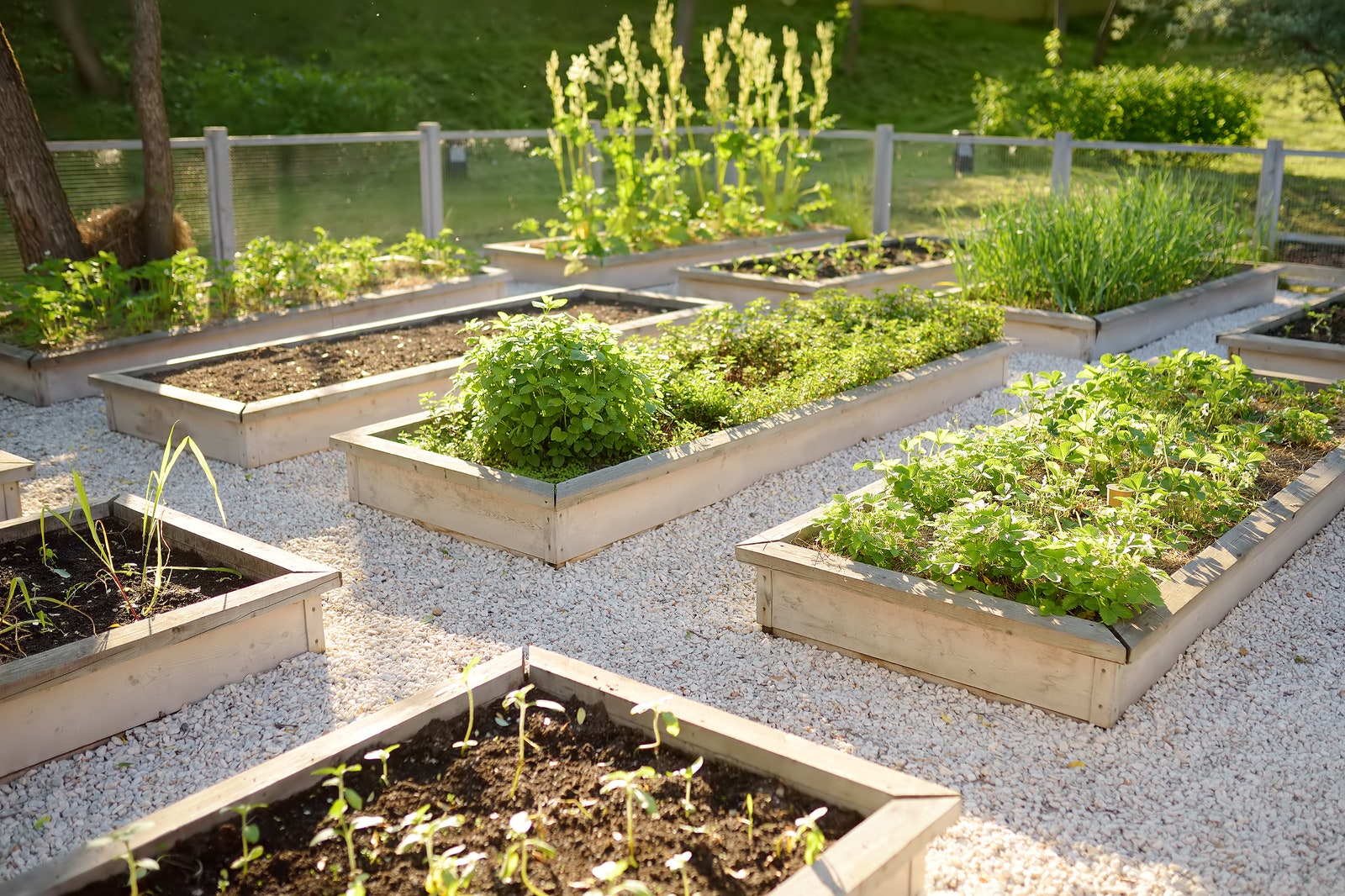



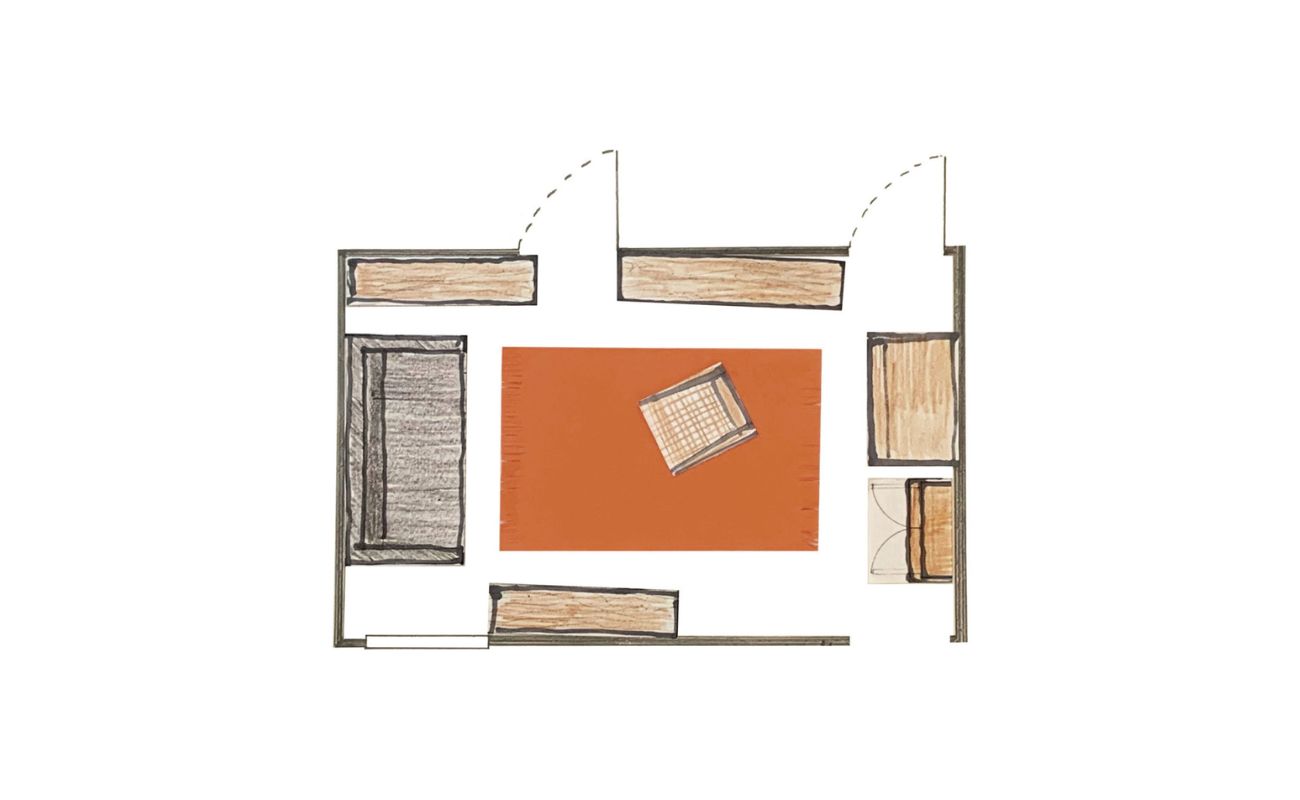
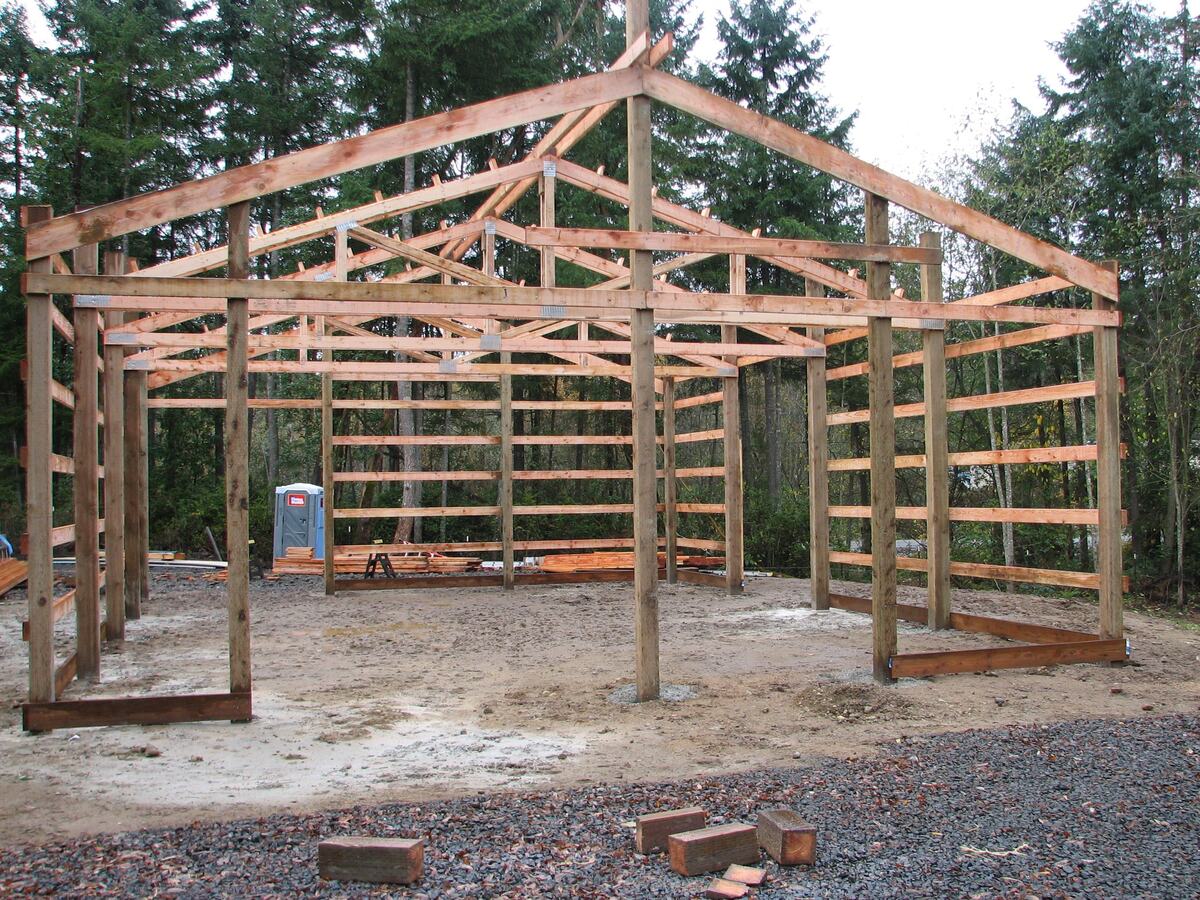
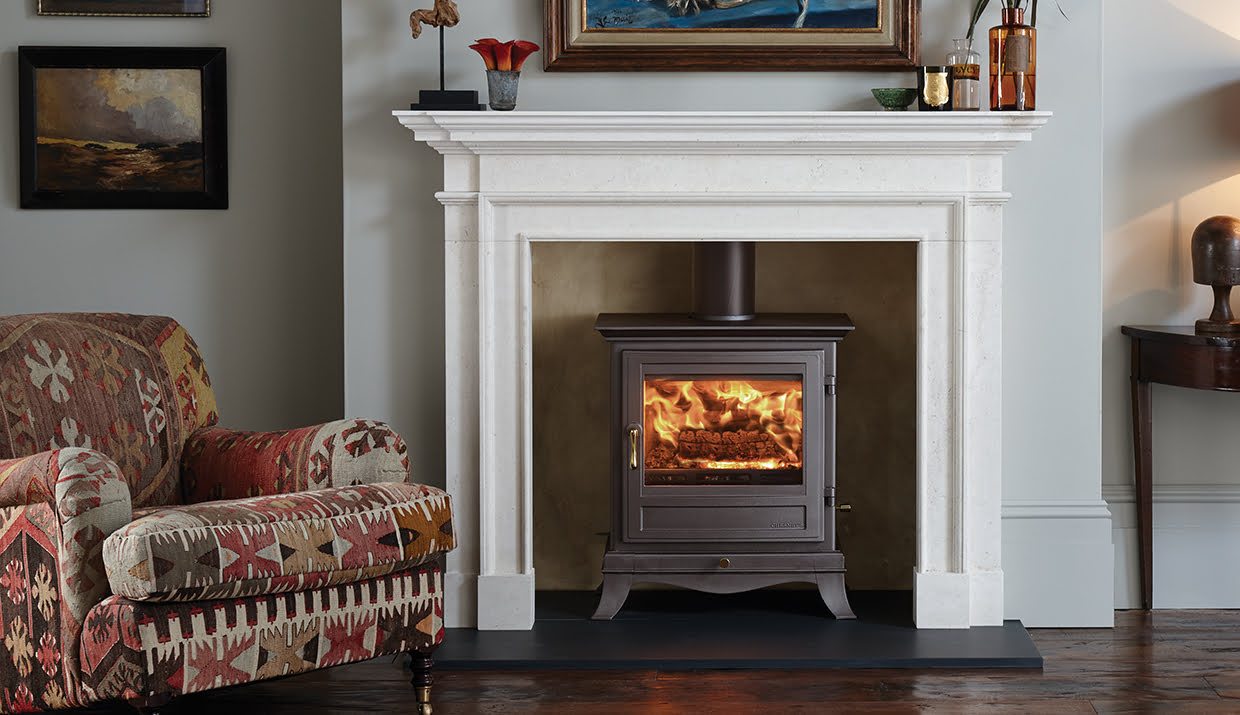
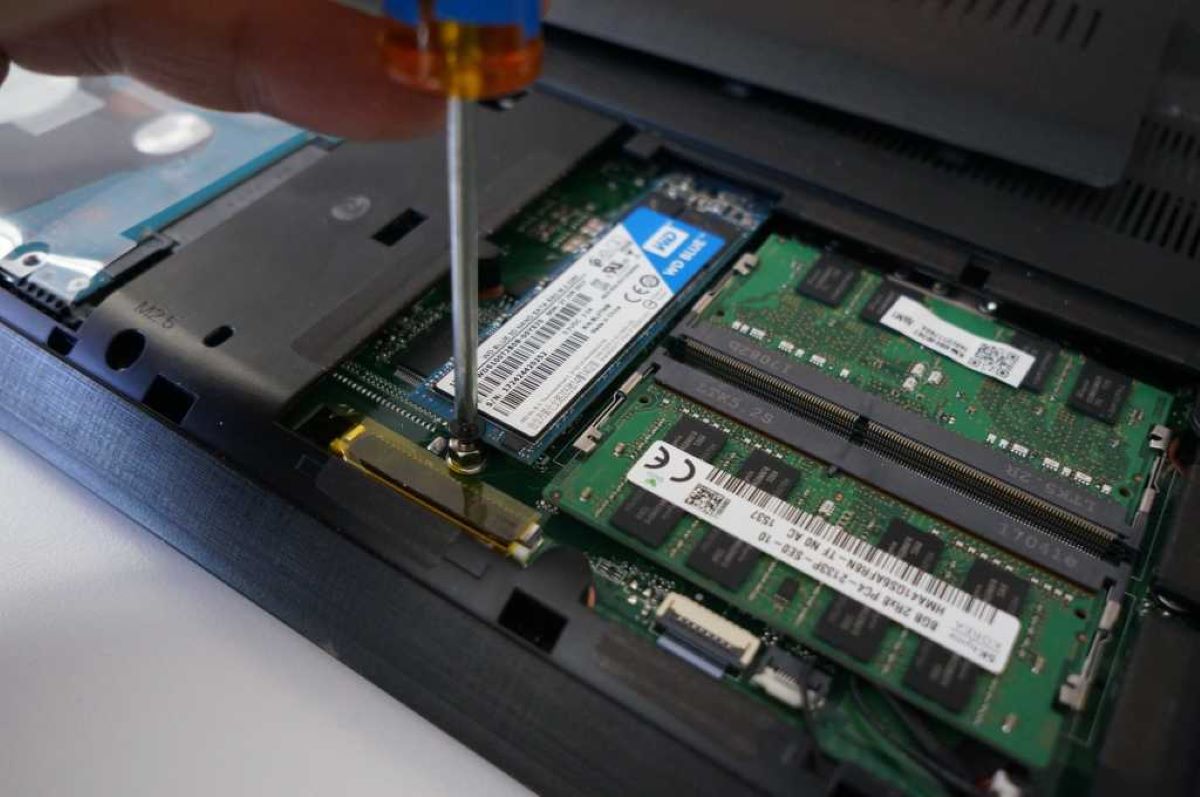
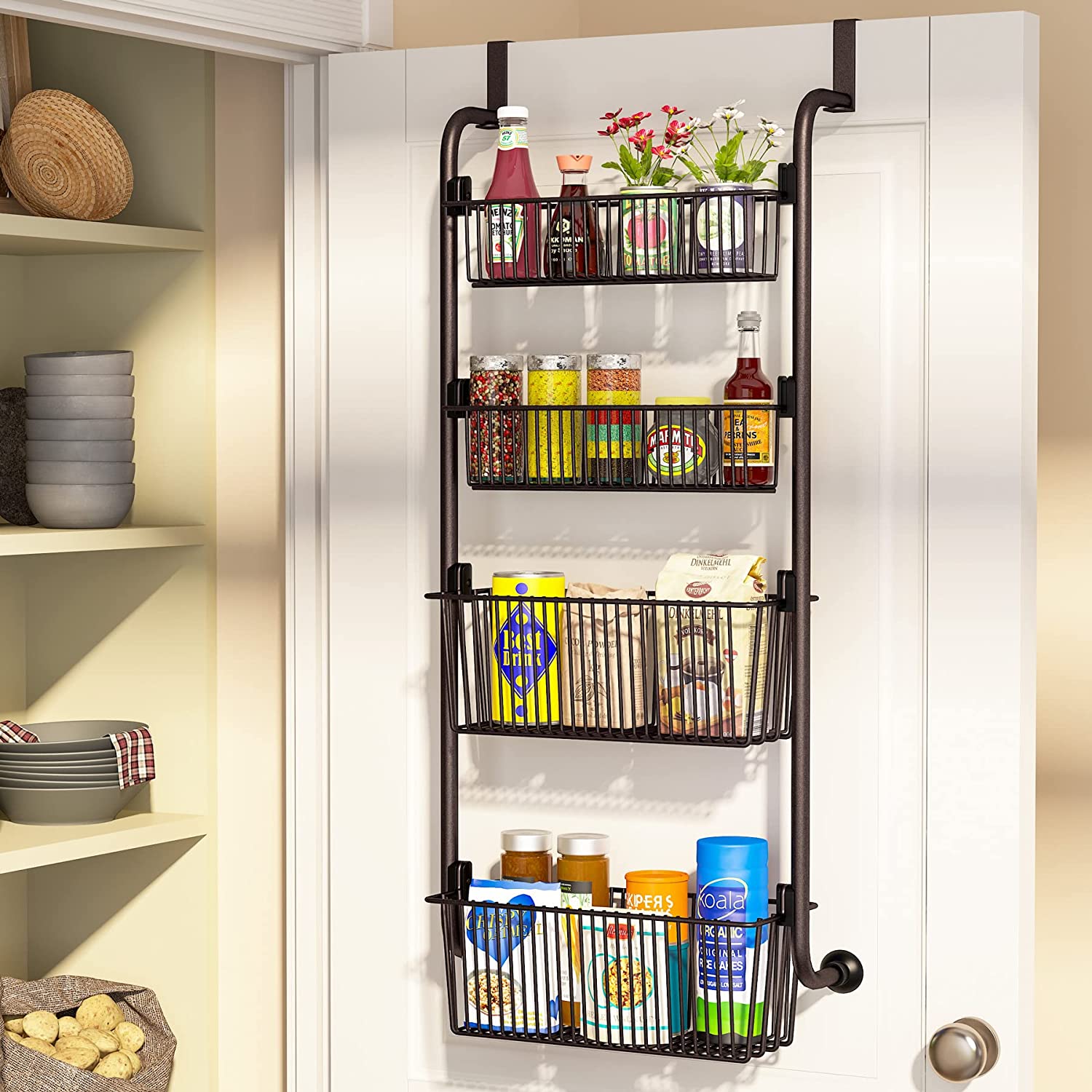
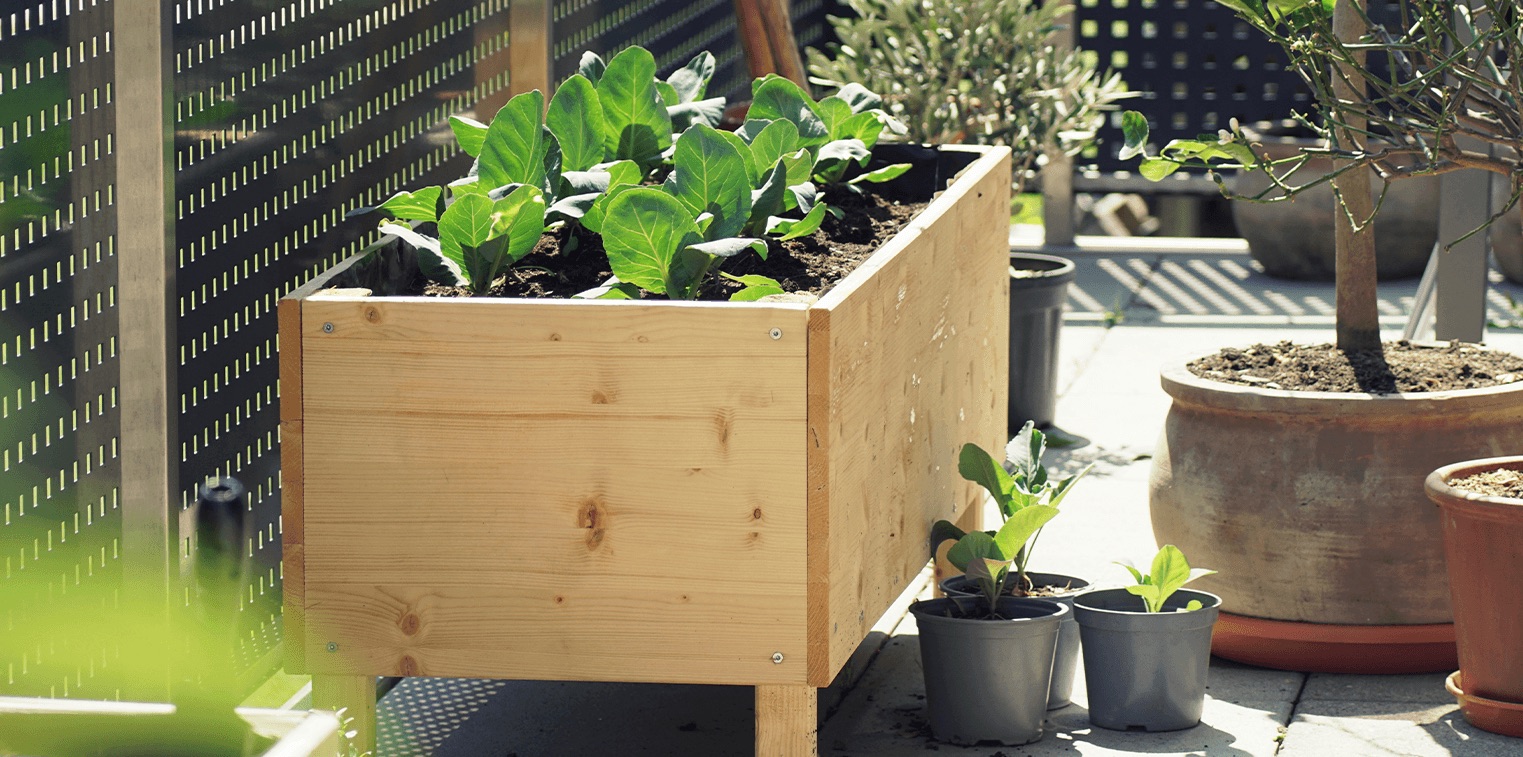


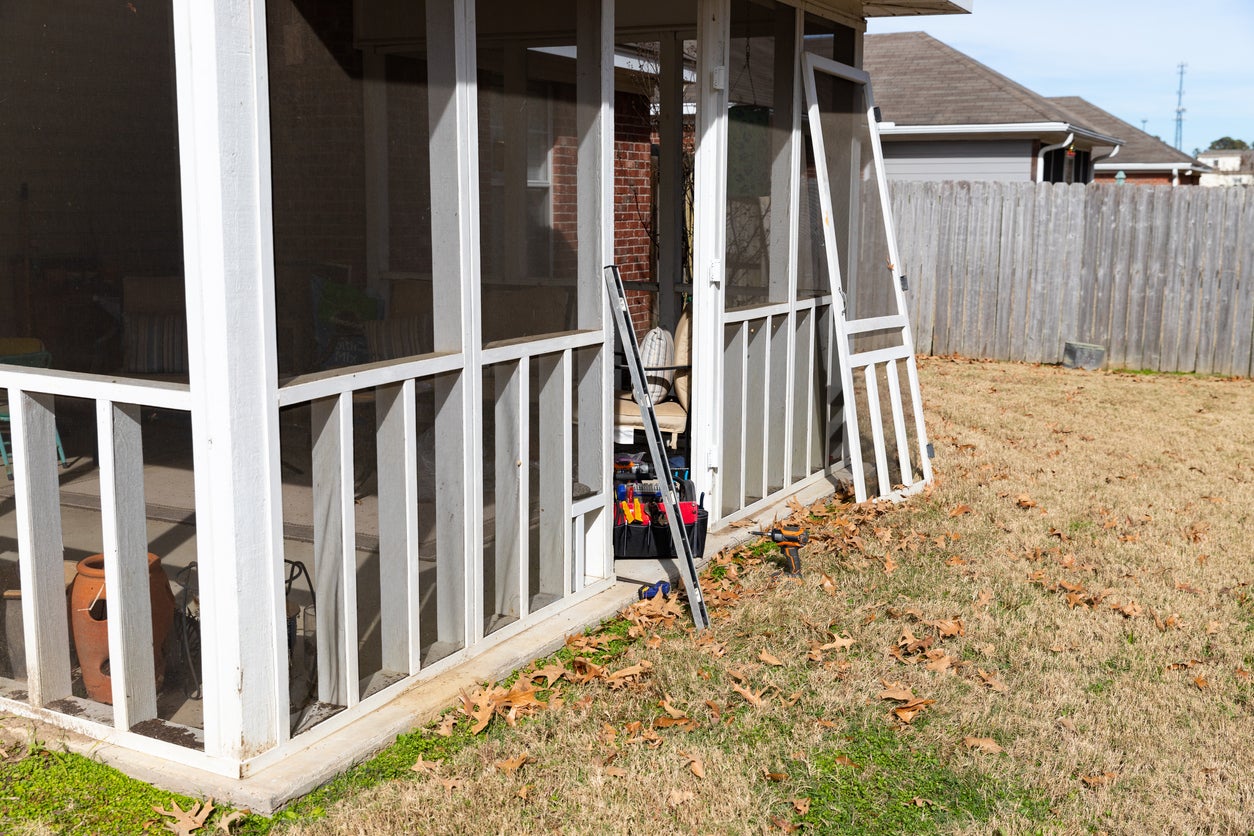

0 thoughts on “How To Plan A Kitchen Extension: Design And Build Out For More Entertaining Space”